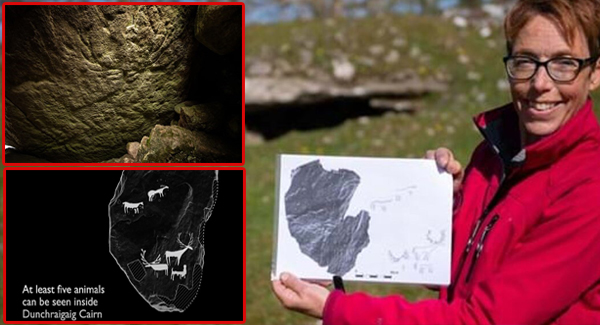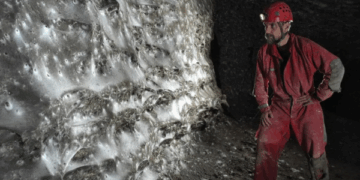(Xinhua) — LONDON, May 31 (Xinhua) — Local cultural officials said Monday that prehistoric animal sculptures had been uncovered for the first time in Scotland.
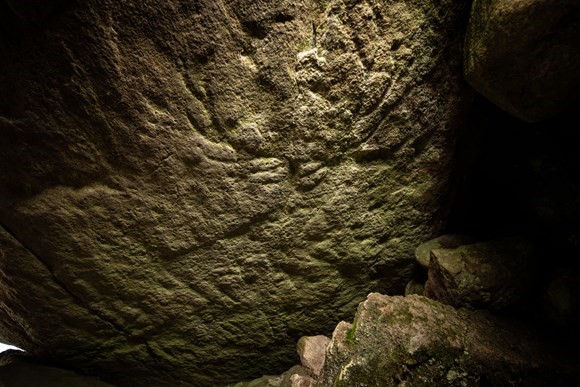
According to Historic Environment Scotland (HES), who confirmed the finding, the sculptures date from the Neolithic or Early Bronze Age and feature two male red deer with fully grown antlers, while other engravings imply younger animals.
Hamish Fenton, an archaeologist, discovered the works by happenstance at an ancient burial site at Dunchraigaig Cairn in Kilmartin Glen, Argyll.
According to HES, the pictures are the oldest known animal carvings in Scotland, as well as the first distinct instances of Neolithic deer sculptures in the UK.
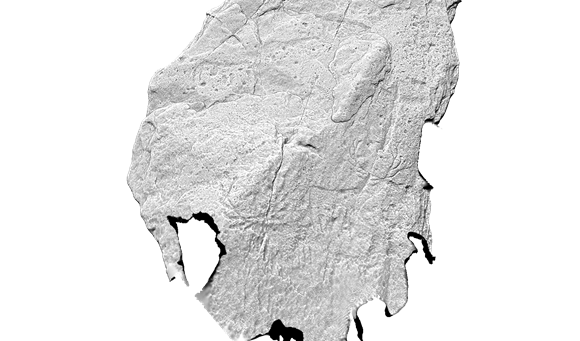
Kilmartin Glen is notable for having a high density of Neolithic relics, including some of the most distinct cup and ring marks.
Reindeer would have been a vital supply of bones, meat, and skins, and their antlers would have been used to make a variety of tools, making them an important part of Neolithic life.
According to Dr Tertia Barnett, main investigator on the Scotland’s Rock Art Project at HES, no ancient engravings this old were previously known to exist in Scotland.

They had, nevertheless, been detected in other parts of Europe, so it is “very exciting” that they have now been discovered in the ancient Kilmartin Glen for the first time.
‘This exceedingly uncommon discovery casts doubt on the widely held belief that ancient rock art in Britain was mostly geometric and non-figurative,’ says the author. Dr. Barnett stated.

‘It’s astonishing that the carvings in Dunchraigaig Cairn have such fine anatomical detail, and it’s clear which animal species they depict.’
‘This also indicates that local groups carved animals as well as cup and ring designs, which is consistent with what we know about other Neolithic and Bronze Age cultures, notably in Scandinavia and Iberia.’
‘This remarkable find in Dunchraigaig Cairn makes us wonder if there are additional animal sculptures concealed in unexpected locations in our old landscapes, ready to be discovered in the future.’
The discovery was discovered by Hamish Fenton, who was travelling through the region at dark when he spotted the burial change in the side — and slid inside with his torch.
‘I observed a pattern on the bottom of the roof slab that didn’t appear to be natural marks in the rock when I flashed the torch around,’ he continued.
‘As I proceeded to shine the light around, I noticed that I was gazing at an upside-down deer stag, and as I continued to gaze around, other animals emerged on the rock.’
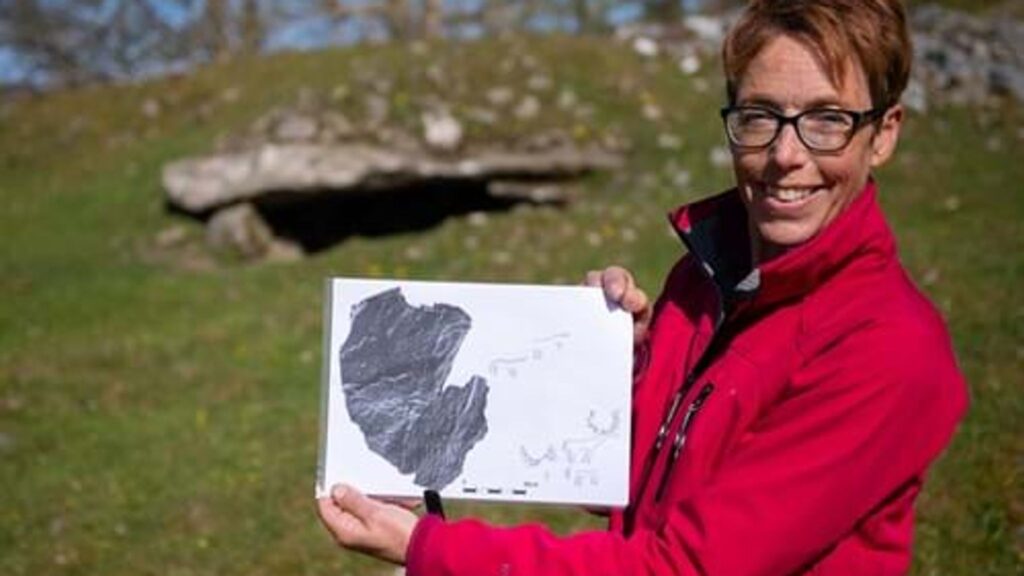
‘This was a completely unexpected and remarkable find, and discoveries like this are the real wealth of archaeology, helping to redefine our view of the past,’ said the researcher.
In Scotland, there are around 3,000 prehistoric carved rocks, the most majority of which are abstract patterns consisting of a central cup mark encircled by concentric rings.
While many of these cryptic engravings may still be visible in the open terrain today, nothing is known about how they were utilized or what role they served, according to HES.

